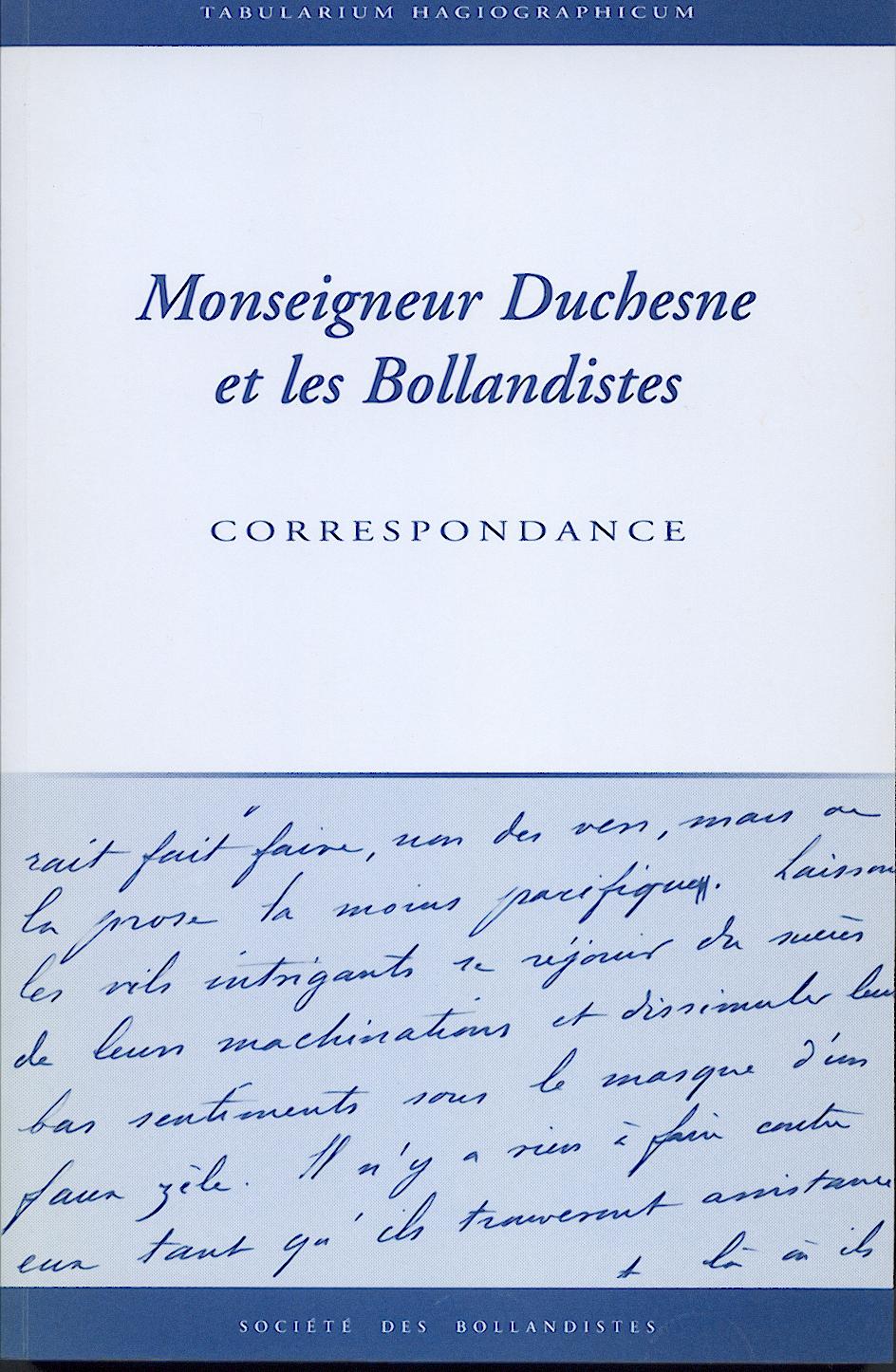
1607
Antwerp: A 94-page prospectus is printed by Plantin under the title Fasti Sanctorum. Its author, the Jesuit Heribert Rosweyde, announces the publication of a collection of ancient Lives of saints based on rigorous philological criteria.

1615
Rosweyde publishes the Vitae Patrum: a volume of 1,240 folio pages containing the Latin Lives of the Desert Fathers — the ascetics and monks of the first centuries who lived in the deserts of Egypt, Syria and Palestine.

1630
Antwerp: Jesuit Jean Bolland, soon assisted by his confrere Godfried Henskens, extends Rosweyde’s project: in the Acta Sanctorum, all the saints of each day will be the subject of a dossier including an in-depth historical study of their life and cult, as well as a critical edition of the Latin and Greek sources that tell us about them.

1643
The first two volumes of the Acta Sanctorum, containing the Lives of 1,170 saints celebrated in January, are published in Antwerp. Three centuries later, the collection will count 67 volumes in folio, making it one of the greatest historical enterprises of all times.

1660-1662
Upon the pope’s invitation, Henschenius and Papebrochius travel to Rome. In the eternal city and on their way through Germany, Austria, Italy and France, they visit libraries and copy hundreds of hagiographic texts.

1695
The Spanish Inquisition, which had jurisdiction over the Southern Netherlands, condemns the Acta Sanctorum for questioning the origins of the Carmelites. The religious authorities were suspicious of historical criticism applied to religious texts.

1773
Suppression of the Society of Jesus. The Bollandists try to continue their work, first in Brussels and then at the Norbertine abbey in Tongerloo. But the French invasion in 1795 leads to the suppression of all the convents. Work comes to a halt and the library is dispersed.

1837
After the restoration of the Society of Jesus in Belgium, a new team of Bollandists is established in St Michael’s College in the centre of Brussels.

1876
Bollandist Charles De Smedt introduces a fundamental reform inspired by the renewal of the historical method in Germany.

1882
Launch of the journal Analecta Bollandiana, quickly followed by the series Subsidia hagiographica.

1905
A new Saint-Michael’s College is built to the east of Brussels. The Bollandists set up their library in a wing specially designed for this purpose.

1941
Death of Bollandist Hippolyte Delehaye, author of the monumental editions of the Constantinople Synaxary and the Hieronymian Martyrology, as well as of a series of books introducing to the hagiographical method

1998
Launch of BHLms (Bibliotheca Hagiographica Latina manuscripta), an electronic database of Latin hagiographic manuscripts. The following year, publication of Acta Sanctorum Database by Chadwyck-Healey (now ProQuest) in collaboration with the Bollandists.
2000
For the first time a layman is appointed a Bollandist

2002
Publication of the first volume of the Tabularium hagiographicum series dedicated to the archives of the Bollandists and of their correspondents.

2007-2008
400th anniversary of the publication of Rosweyde’s Fasti Sanctorum. International Conference and exhibition in Brussels Royal Library and, the following year, in Rome’s Biblioteca Casanatense

2024
The Bollandist team includes five researchers, three of whom are lay and two Jesuit. With the help of a librarian, a catalographer and a fundraiser, they strive, through rigorous research, to be worthy of Jean Bolland’s legacy.
